Welcome!
This letter wouldn’t be possible without YOU! Thank you for being here + enormous thanks to all who choose to support my work with a paid subscription. I am incredibly humbled by every soul who stops here to look around.
Thank you.
In this newsletter, I will share a memory of my first oyster roast in Beaufort and my most requested oyster recipes.
The Lowcountry teaches you that some of life’s best meals aren’t served on fine china. They’re pried open with an oyster knife, eaten while shivering in the cold night air, elbow to elbow, huddled beside a blazing fire. You can bet they will be washed down with plenty of laughter that carries far across the river.
The raw, damp chill of the ocean is everywhere, piercing the night with a reminder of what it must have been like in the pre-Civil War South when it sent residents scurrying back home to snuggle around eighteenth-century fireplaces along Bay Street and the Old Point.
I love to share time-honored oyster recipes because they’re too delicious to keep a secret. Why should anything so delightful be hidden? Sharing talents from those I’ve met along the way is my greatest gift to you.
I remember clearly that night in late December, standing on the rocky edge of the shoreline looking out at the Beaufort River. A wool scarf wrapped snuggly around my neck, a heavy Puffy Jacket, and leather gloves offered protection from the chill of a brackish wind rolling in with the tide. Live oaks stood like soldiers overhead, and the crackling sound and rich aroma of a wood-burning fire filled the air. Long ago, someone had built a fire pit from old bricks, its smoke now weaving ribbons through the moss that swayed like gray lace.
Bushels of oysters, just pulled from the water, were piled on a hot iron plate, covered in wet burlap, and left to steam until their shells popped open with a hiss like applause. The first one I pried open was rough and rugged, hiding a briny, sweet treasure. There was no pretense—just slurping, laughing, passing saltines and hot sauce, and tossing shells into the center hole of the table with a clatter. By the second or third cluster, strangers felt like kin.
That night was Ducks Unlimited's annual fundraiser, a renowned organization that conserves, restores, and manages wetlands and the habitats for North American waterfowl.
501 Pinckney Street in Historic Beaufort was built around 1814 for Dr. James Verdier, a well-known pioneer in treating yellow fever. During the Civil War, it became a hospital for wounded Union soldiers. This breathtaking mansion, called Marshlands, was later home to the late Senator Brantley Harvey Jr., a member of Ducks Unlimited, a Beaufort attorney, and, during my time, the former South Carolina Lieutenant Governor.
The Setting at Marshlands
The tide is sliding out, revealing the dark gleam of Spartina grass and oyster mounds along the banks. The river, choppy and restless, reflects the moon in rippling silver. Cold air nips my cheeks, but the fire and good company keep me warm. Folks pull their coats tighter, stamping their boots on the damp earth while laughing, talking, and waiting for the first batch to hit the table.
Bushels of oysters, just pulled from local waters, are dumped onto the steaming sheet of iron laid across the fire pit. Wet burlap sacks cover them, hissing as they trap the steam. Soon, the shells begin to pop open, releasing a briny perfume that smells like the sea itself. When they’re ready, brawny men shoveled the oysters onto wooden tables, covered with newspapers and ringed by hungry friends.
Knives flash in the lantern light, prying open shells to reveal tender, salty treasures. Soon, oysters began to hit the steaming metal plate. They gave off that unmistakable perfume—salt, smoke, and sea. The sound was a hiss like applause, as though the marsh itself was giving thanks.
The first lid I pried open revealed a shell as rough as a sailor’s hand, hiding a treasure of meat, briny and sweet. Eating oysters isn’t about manners. It’s about slurping, laughing, and gasping when the sauce is a bit too hot, and tossing shells into the center hole with a clatter.
Hot oysters are tipped back straight from the shell, brine running down wrists, or perched atop a saltine with cocktail sauce and a dash of hot sauce. Some swear by a squeeze of lemon, others eat them plain, straight from the Lowcountry’s waters to their lips. A cooler of beer and pitchers of sweet tea stand nearby, and maybe someone’s brought a pot of chili or cornbread to round out the meal.
Conversations drift from fishing tales to local gossip, punctuated by bursts of laughter and the clink of bottles. We gathered close, friends and neighbors, strangers even, and by the second or third cluster, we were all kin. There’s something about standing shoulder to shoulder, knives working, that breaks down barriers faster than any conversation. You pass the saltines, share the hot sauce, and suddenly, you feel like you’ve known each other for a lifetime.
Between oysters, there was storytelling—always storytelling. Tales of tides that rose too high, of fish that got away, of old-timers who swore they once found pearls tucked deep inside a shell. We ate until the table was littered with shells, until the night turned a bone-chilling cold, and the tide whispered. Time to go.
Even now, I can close my eyes and hear the clink of knives against shells, the pop of firewood, the laughter rolling easy across the river. An oyster roast isn’t just a meal—it’s the heartbeat of the Lowcountry. It’s the salt and smoke that cling to you long after the night is done.
The Beaufort River, with its tides and history, serves as the backdrop to a ritual as old as the South Carolina Lowcountry itself. On a cold night, nothing warms the spirit quite like it.
Easy Oysters Rockefeller
Inspired by Beth Blalock of Sea Pines, HHI
24 very fresh oysters on the half shell
4 tablespoons (½ stick) unsalted butter
½ cup finely chopped shallots (2 large)
¼ cup Pernod liqueur
Kosher salt and freshly ground black pepper
1 package frozen creamed spinach, defrosted
½ cup freshly grated Italian Parmesan cheese
½ cup grated Gruyère cheese
Fleur de sel or sea salt, for serving
Preheat the oven to 450 degrees. Crinkle aluminum foil deeply and place it on a sheet pan to hold the oyster shells level. Nestle the oysters into the foil in one layer, making sure not to spill any of their juices.
Melt the butter over medium heat in a small (8-inch) sauté pan. Add the shallots and sauté for 5 to 6 minutes, until tender and beginning to brown. Add the Pernod, 1 teaspoon kosher salt, and ½ teaspoon pepper, and cook for 2 to 3 minutes to reduce the liquid. Stir in the spinach and cook for 2 minutes, until the liquid is absorbed. Taste for seasonings.
Spoon ½ tablespoon of the spinach mixture onto each oyster. Sprinkle the oysters evenly with the Parmesan and Gruyère. Bake for 6 to 8 minutes, until the spinach is hot and the cheese is melted. The oysters should be warm but not cooked through. Sprinkle with fleur de sel and serve hot.
I use one (10-ounce) package of frozen creamed spinach.
Lowcountry Oyster Stew
Inspired by evenings at the Peninsula Grill, Charleston
1 cup diced bacon
6 tablespoons diced green bell pepper
6 tablespoons diced yellow bell pepper
2 teaspoons diced shallot
2 teaspoons garlic, minced
½ cup oyster liquor
1 ½ cups veal stock (found at Gourmet shops)
2/3 cup heavy cream
20 oysters, shucked
2 teaspoons diced basil
2 teaspoons minced chives
8 tablespoons Wild Mushroom Grits
In a large skillet, cook the bacon until crispy and browned. Add the bell peppers, shallot, and garlic, and cook for 2 minutes. Add the oyster liquor and cook until almost dry. Add the veal stock and cook until the mixture is a sauce consistency. Add cream and cook until reduced by half, 5 minutes. Add oysters, basil, and chives, and decrease the heat to low. Cook until the oysters are warmed through and their edges curl, about 2 minutes.
Wild Mushroom Grits
2 tablespoons butter
2 tablespoons olive oil
2 cups thinly sliced cremini mushrooms
2 cups thinly sliced shitake mushrooms
½ cup chicken stock
½ cup heavy cream
4 cups cooked stone-ground grits (according to directions on
package)
kosher salt and freshly ground black pepper
In a large skillet over medium-high heat, warm olive oil.
When the oil is almost smoking, add the butter and
mushrooms and toss to coat the mushrooms and sear for 1
minute. Sauté until the mushrooms are a deep brown, 6-8
minutes. Add the chicken stock to the skillet and stir, and
simmer until skillet is almost dry, about 3 minutes. Add
cream and reduce by half, another 3 minutes. Remove
from heat. In a large bowl, combine the mixture with the
Stone-ground grits and season with salt and pepper.
To serve, divide the grits among the 4 bowls and ladle oyster
stew on top of each. Serves: 4
Grilled Oysters
Inspired by Beth Blalock of Sea Pines, HHI (special thanks, Beth)
A nifty trick for grilling oysters is to lightly crumple foil before setting the oysters on the grill. Don’t crumple it too much — you don’t want a tinfoil ball. Make is like a little nest where the oyster sits. The ridges of the lightly crinkled foil will help keep the oysters where they’re supposed to be. Holding them in place is especially important if you’re making them with plenty of butter.
Use this inside as well. Put crumpled foil on a baking sheet to keep oyser upright under the broiler.
For the oyster topping: Combine real butter with minced fresh garlic, lemon juice with zest, salt, and pepper. Dollop onto shucked raw oysters on the half shell. I grill with the cover on for about 3 minutes. Try to find plump and meaty oysters.
Take a minute to share your favorite memory or recipe. This is a place where friends gather and we learn from one another. I’d love to hear from you. Thanks for stopping by today. xo Pat


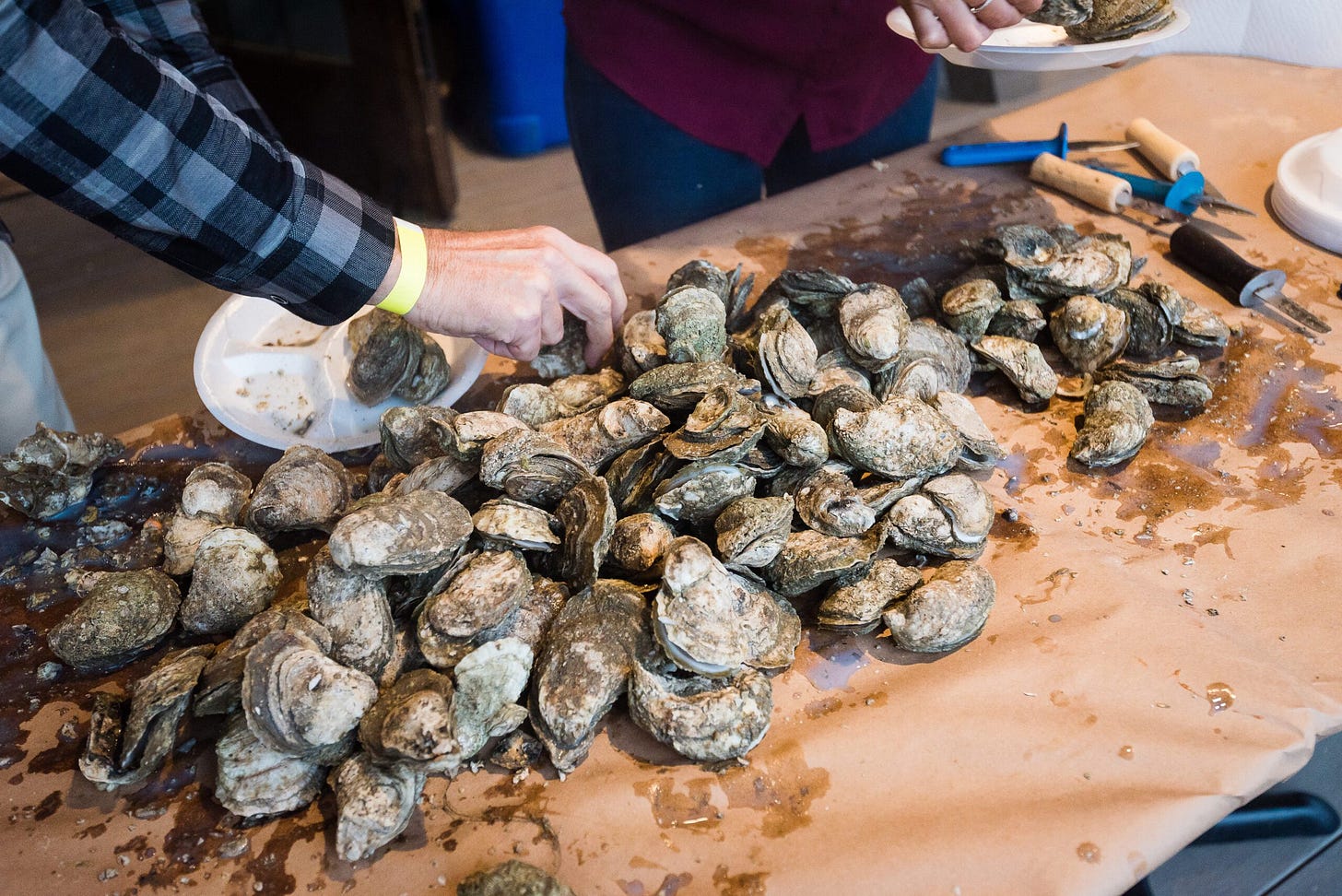
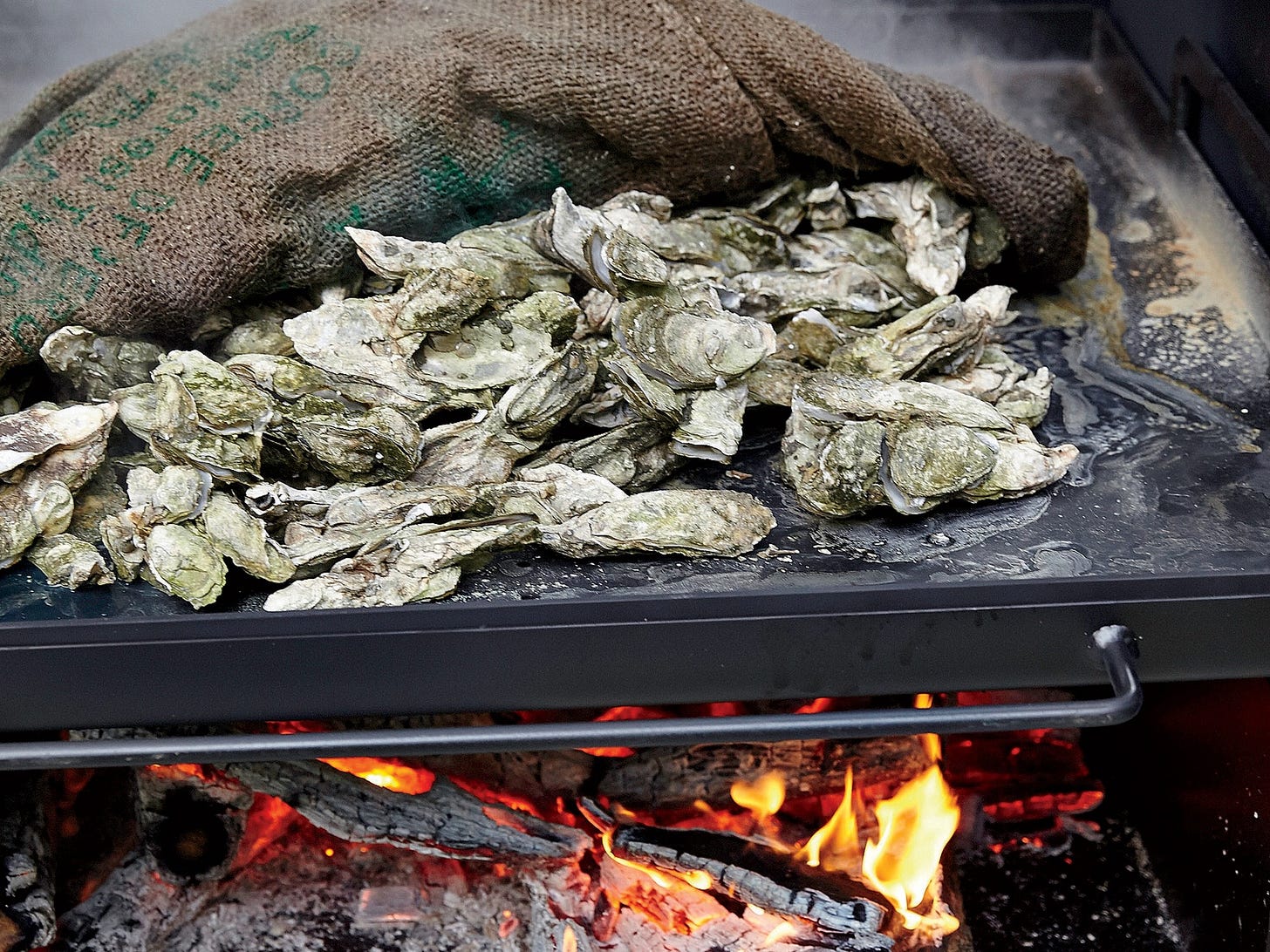
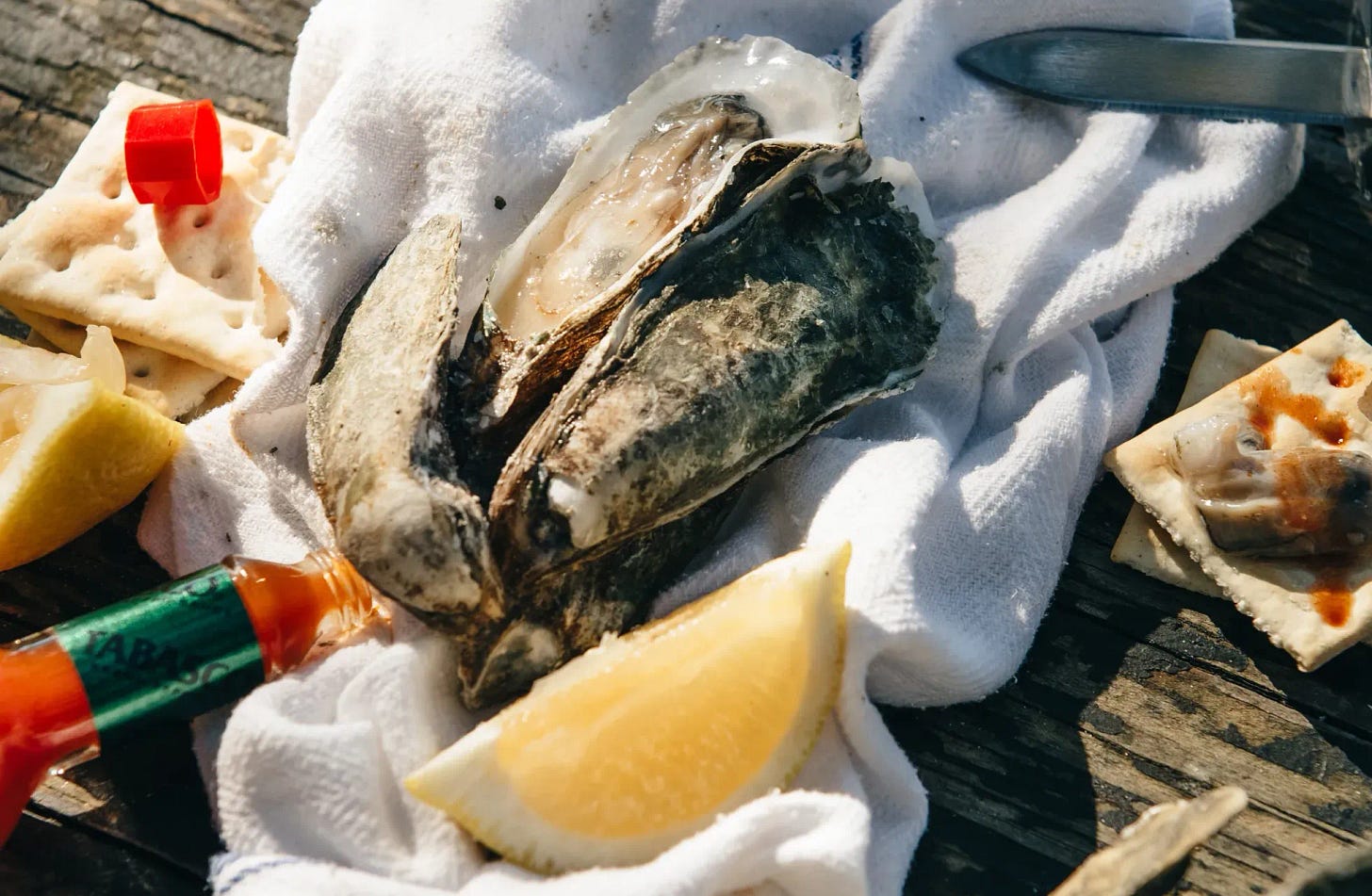
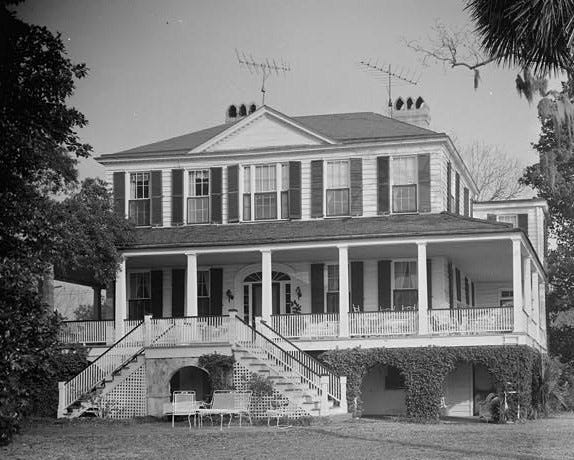
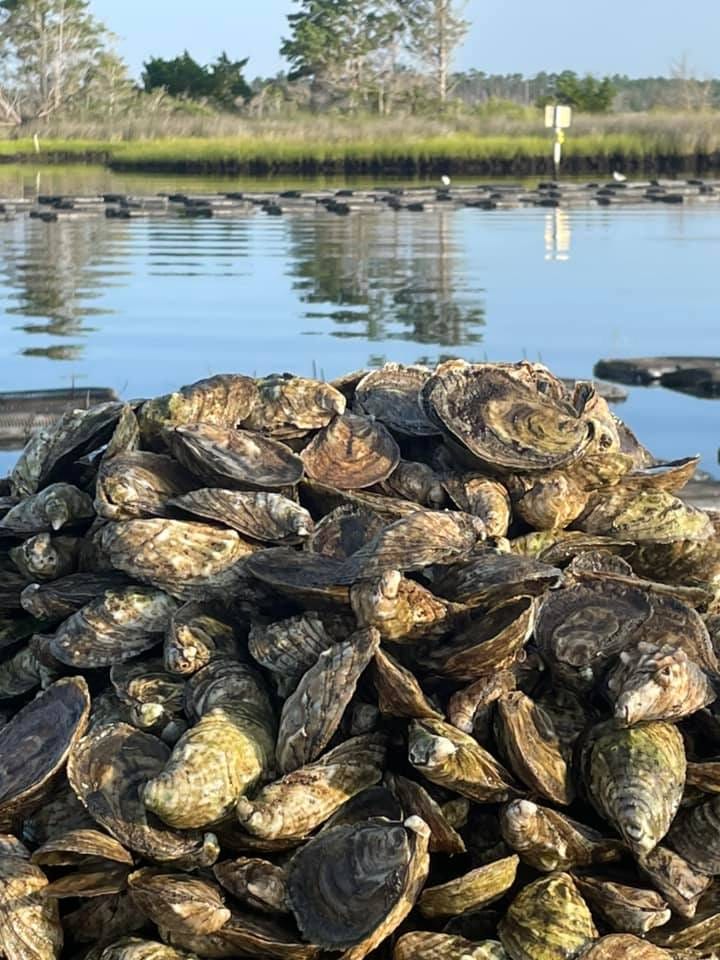
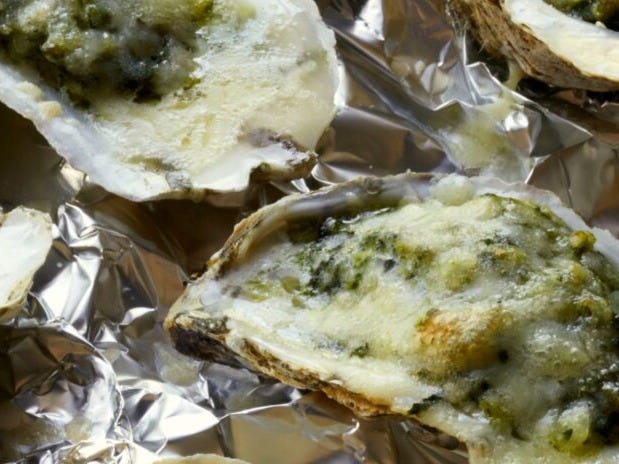
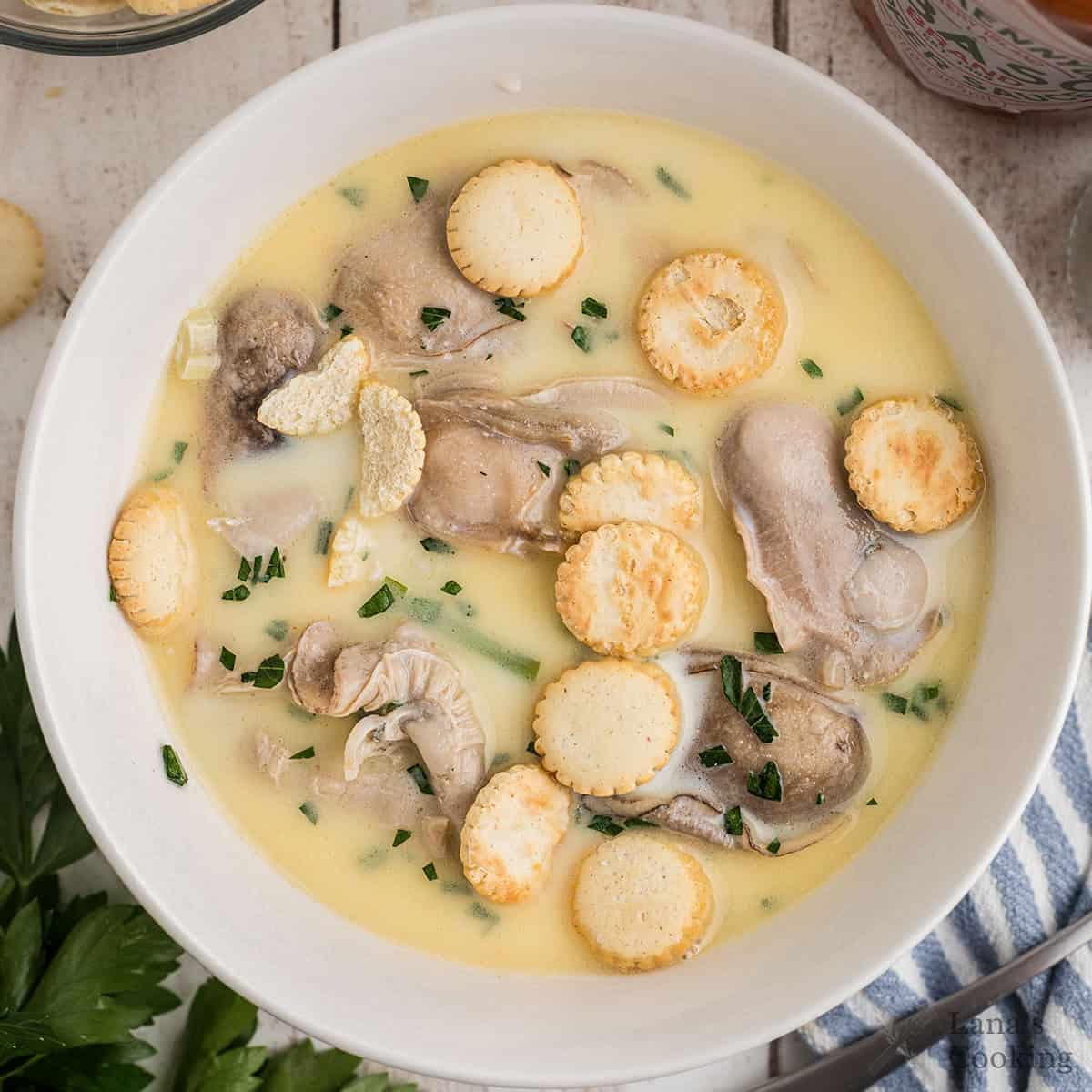
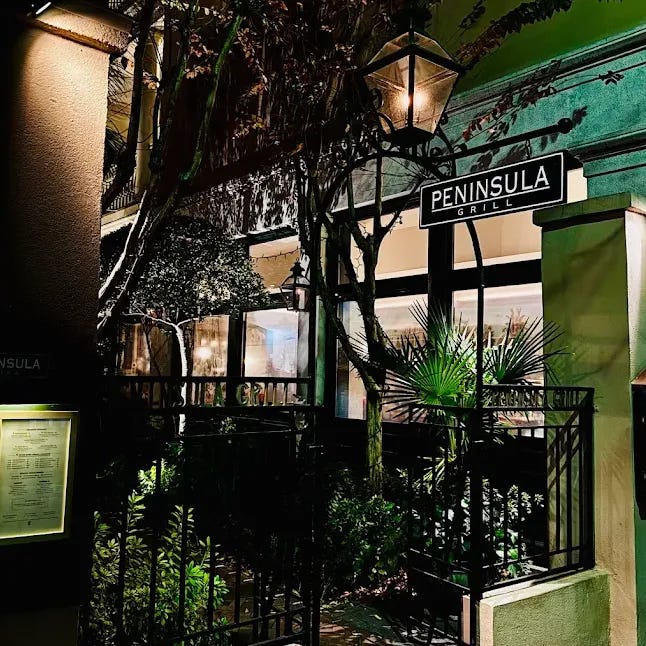
These recipes sound scrumptious, and the roast seems like the most perfect of nights.
As ai sit on my front porch each night I admire the oyster shells off to the side and thinknof you and Andrew. It is a great reminder!
I love oysters, anyway they are prepared but, can't wait to try them on the grill, Pat.